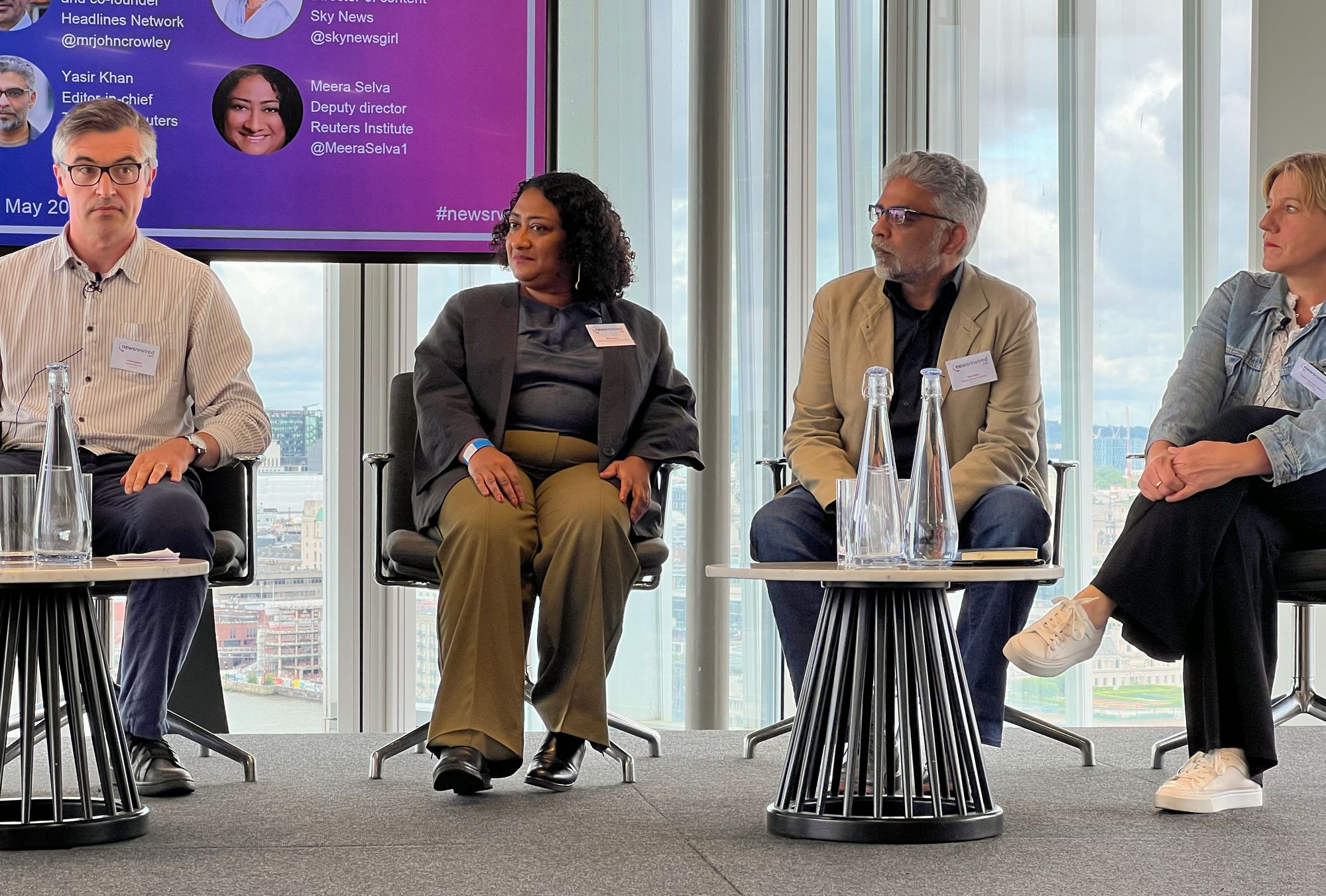
Building resilient newsrooms
From grusome images on social media to war reporting and pandemics — journalists are under more stress than ever. How do we help keep our newrooms productive, and our staff healthy?
There’s always been a problem with stress in newsrooms. The pandemic thrust us all into an apocalyptic situation, and use of user-generated content in our work has brought the sorts of trauma only experience by war reporters in the past into our newsrooms. It’s time to fix this — and a panel at news:rewired discussed how to build resilience in our journalists.
Panel:
- Cristina Nicolotti Squires, director of content, Sky News
- Yasir Khan, editor-in-chief of the Thompson Reuters Foundation
- Meera Selva, deputy director of the Reuters Institute
- John Crowley, consultant and co-founder of the Headlines Network
- Chair: Catherine Edwards, acting editor at journalism.co.uk
Why does journalism have a resilience problem?
Our children are taught resilience, says John. Why aren’t our journalists? How can journalists do good work in toxic environments?
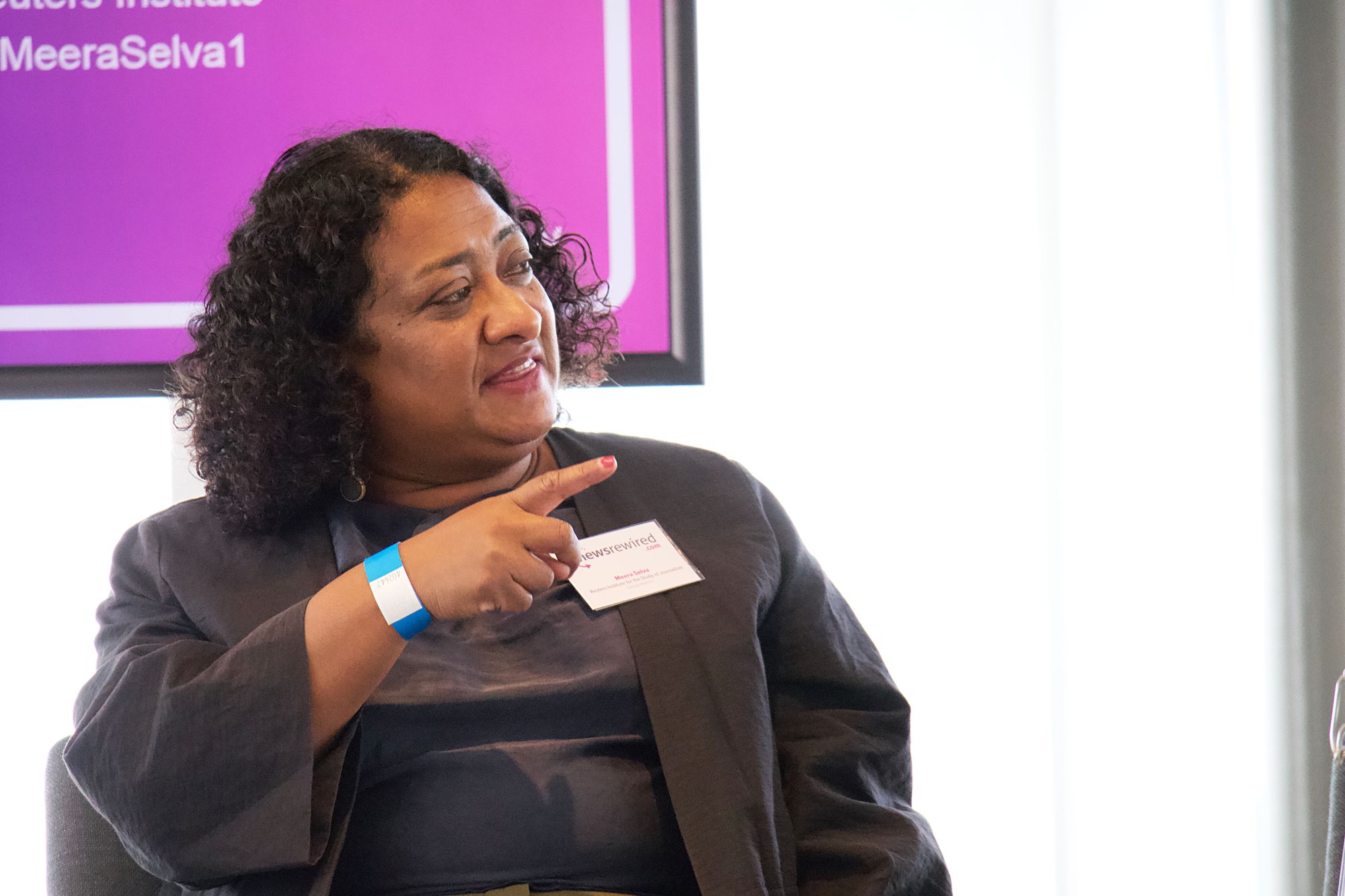
Meera points out that resilience is the ability to absorb shocks, and adapt usefully when crisis hit. You need to innovate and change. You need to manage morale. But you need diversity of thought and opinion in the newsroom, to avoid groupthink and open yourselves to innovation. You require spare capacity to be resilient, be that money or time.
Yasir was told that it takes a village to raise a child — well, it takes a village to raise a resilient journalist. Resilience doesn’t just happen in the newsroom, it happens in HR, it happens at senior editorial level, it happens at the C Suite level. He’s only been asked four times in his career if he’s OK – despite covering wars. In the hamster wheel of doing more and more with less and less, taking care of people is being lost. What should our newsroom look like in five years? In 10 years. We need to start thinking about that, and planning for it.
Cristina was surprised to see that the need for resilience was high up in the job description from her current role. Resilience is the ability to recover quickly from difficulties. The pandemic really showed us a different side of things: many of us were living the same story we were reporting. We were going home and not finding food on the shelves, or having to home school our children.
How do we create resilient journalists?
John thinks the role of HR is important in this, but so is the role of managers. And they’re just not trained in it. We need to acknowledge that journalists aren’t robots, that they require care and support. Managers need skills around language, how to start conversations about how people are coping.
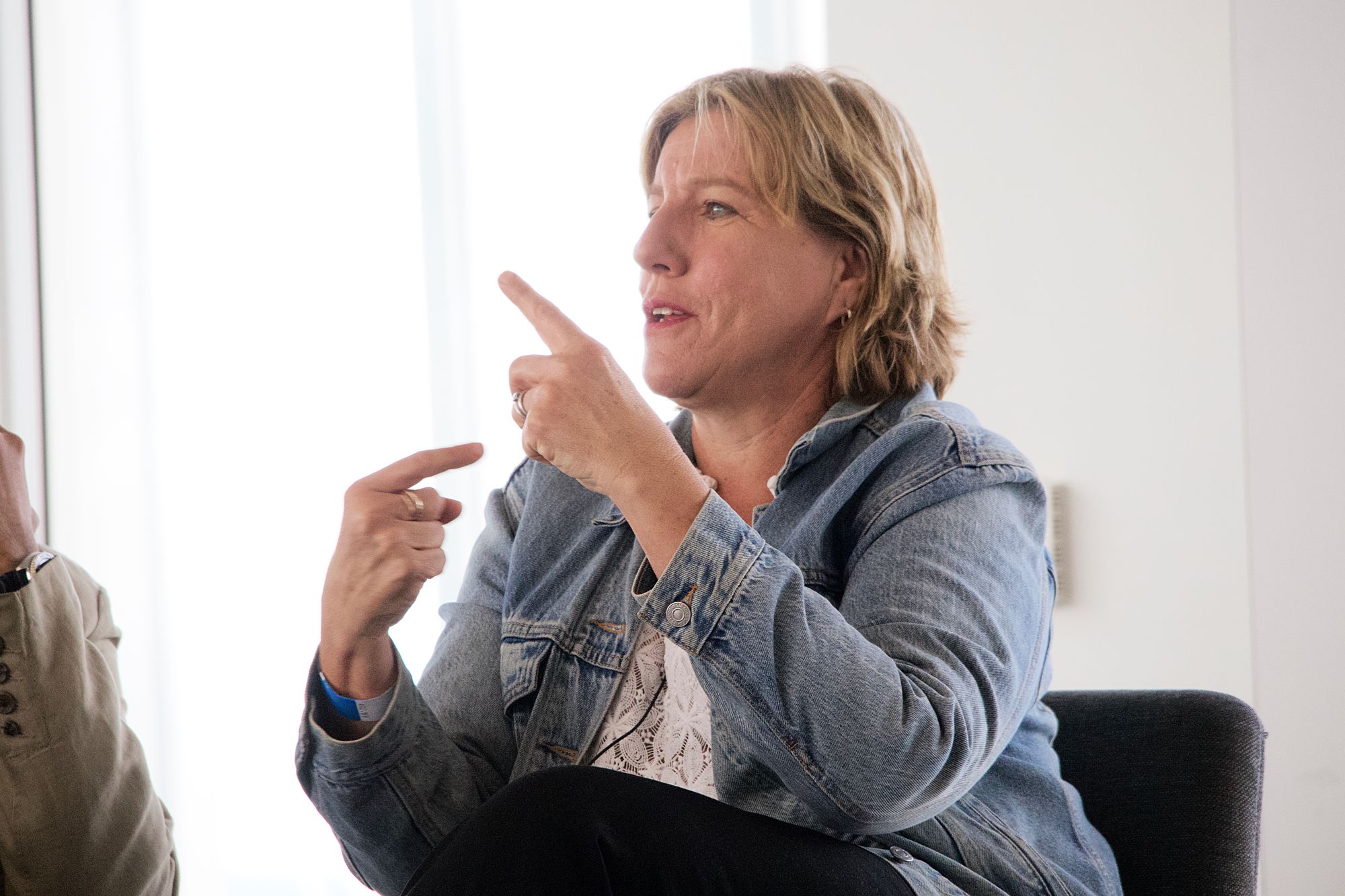
It’s essential for senior people in the industry to model this, says Christina. Ask how people are, and then ask how they really are. If you’re asked how you are, and you’re struggling, say so. Being open as a leader and talking about your own difficulties is crucial. Once upon a time, a few journalists would go into war zones, and their therapy would be getting drunk in their hotel bar. But now we have people in London, looking at horrible images from war zones, without the flak jacket and armoured cars of the war correspondent. How do we help people deal with vicarious trauma? We need mental first aid courses, just as we train war journalists in physical first aid.
Pandemic trauma
Yasir points out that our sense of all being in this together was pulled out from under us by the pandemic. Every conversation became deliberate, scheduled over the internet. There was no casual conversation. His job became to cold call people and check how they are doing; to offer walks with this who lived nearby. We all have our own traumas. We all have our own kids of risks. But while he was looking after his staff, his bosses were demanding that he got everyone back in the office. Nobody was supporting him. All of a sudden, we were all in a major apocalyptic event. We had no idea how to deal with it. We gave plaudits to those who covered wars and natural disasters, but we never knew how to support them.
Meera worked with Professor Feinstein in the early stages of the pandemic, and found that journalists covering the pandemic were showing signs of post-traumatic stress disorder. They were reporting on a tragedy, but had no ability to change it. In the pandemic, we were part of the story. Women in particular struggled, with their triple workloads, of how, family and work. They were expected to do the emotional labour of holding teams together. Some, large, well-resourced organisations could offer therapy to journalists, and it made a significant difference.
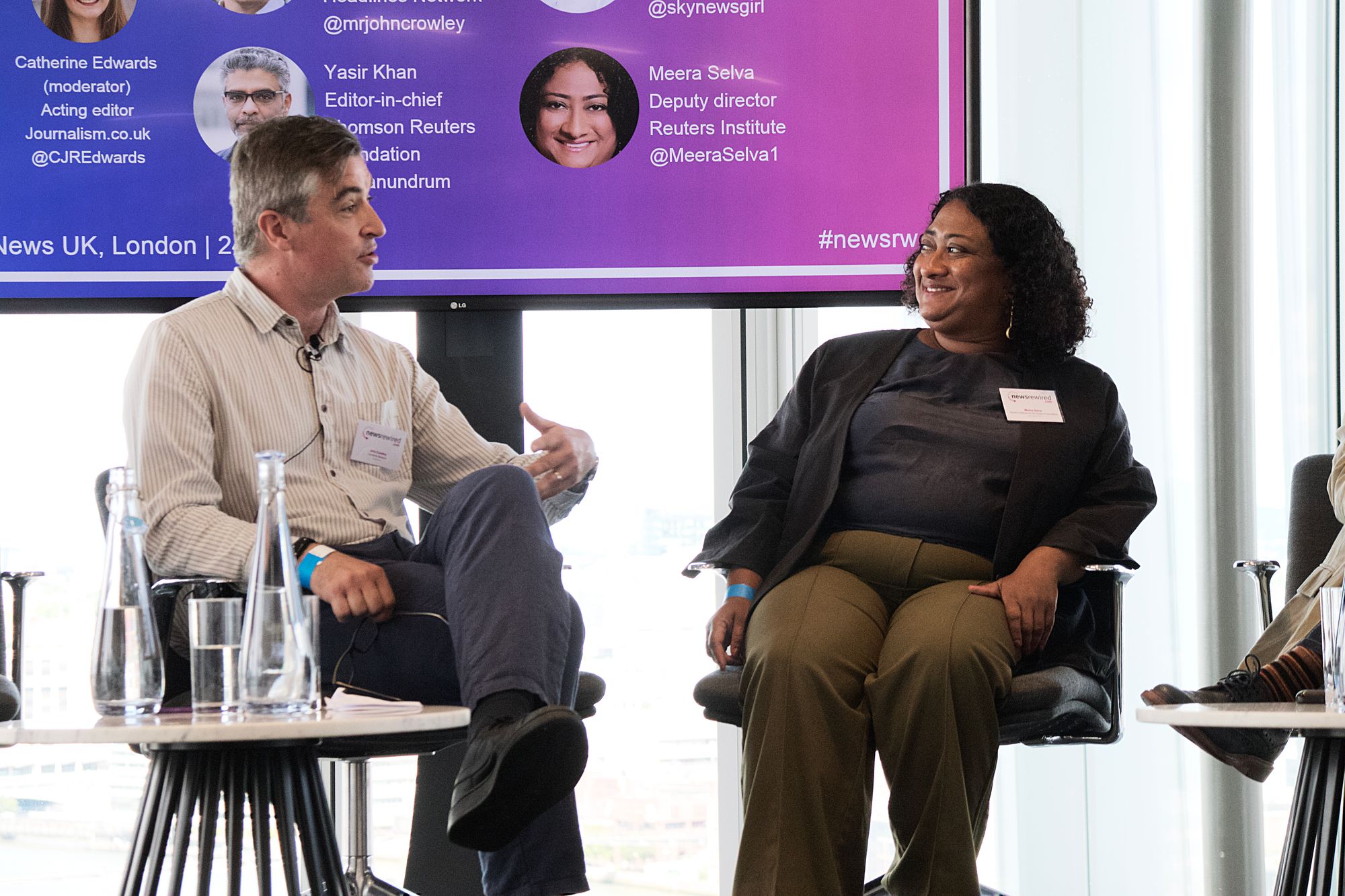
This is the exception, rather than the norm, argues John. Where it exists, it’s often threadbare. Younger journalists are coming into the news environment, and are shocked by the lack of support. Newsrooms are realising that they need to change — but there is a cost value in that. You will lose the young, talented people if you don’t address this. Is anyone in your organisation measuring the cost of mental health, through days of work lost?
Giving journalists space for resilience
Give people staff jobs, argues Yasir. Show the core people that level of commitment, so they’re not living with that insecurity. We’ve put journalists in the position of chasing between propaganda and poverty, as well=paid state actor enter the market.
Journalists are the most precious resource in newsrooms, points out John. There’s so much short-termism in how we think about things. Cristina argues that this is being done at Sky, but John was clear that this isn’t universal across the industry. People talk the talk more than walk the walk. They leave people on Ukrainian liveblogs for week after week, without worrying upon the impact on them.
Having networks on every level is key, says Meera. Networks within the newsroom, and between newsrooms. Networks based on role, or race, or sexuality, or identity. Good newsrooms facilitate that through mentoring and buddy systems, but you need to be careful of making them too exclusionary: you end up just networking with people like you. It’s important to open up space for journalists to speak with each other.
Building editorial structures for resilience
Editors used to lead from the front, says Yasir. They might have to lead from the back now, so they can let the strongest people in the newsroom lead from the front, and they can support those who need more assistance. Making time for 15 minute chats about life and the universe was vital, says Christina — but that needs to be peer-to-peer as well as hierarchical boss-to-staff. Meera found herself valuing her teenagers’ screen time for the first time because it allowed them the social contact and envelopment they were otherwise being denied. Journalists know how to make people talk: it’s time to turn those skills inwards.
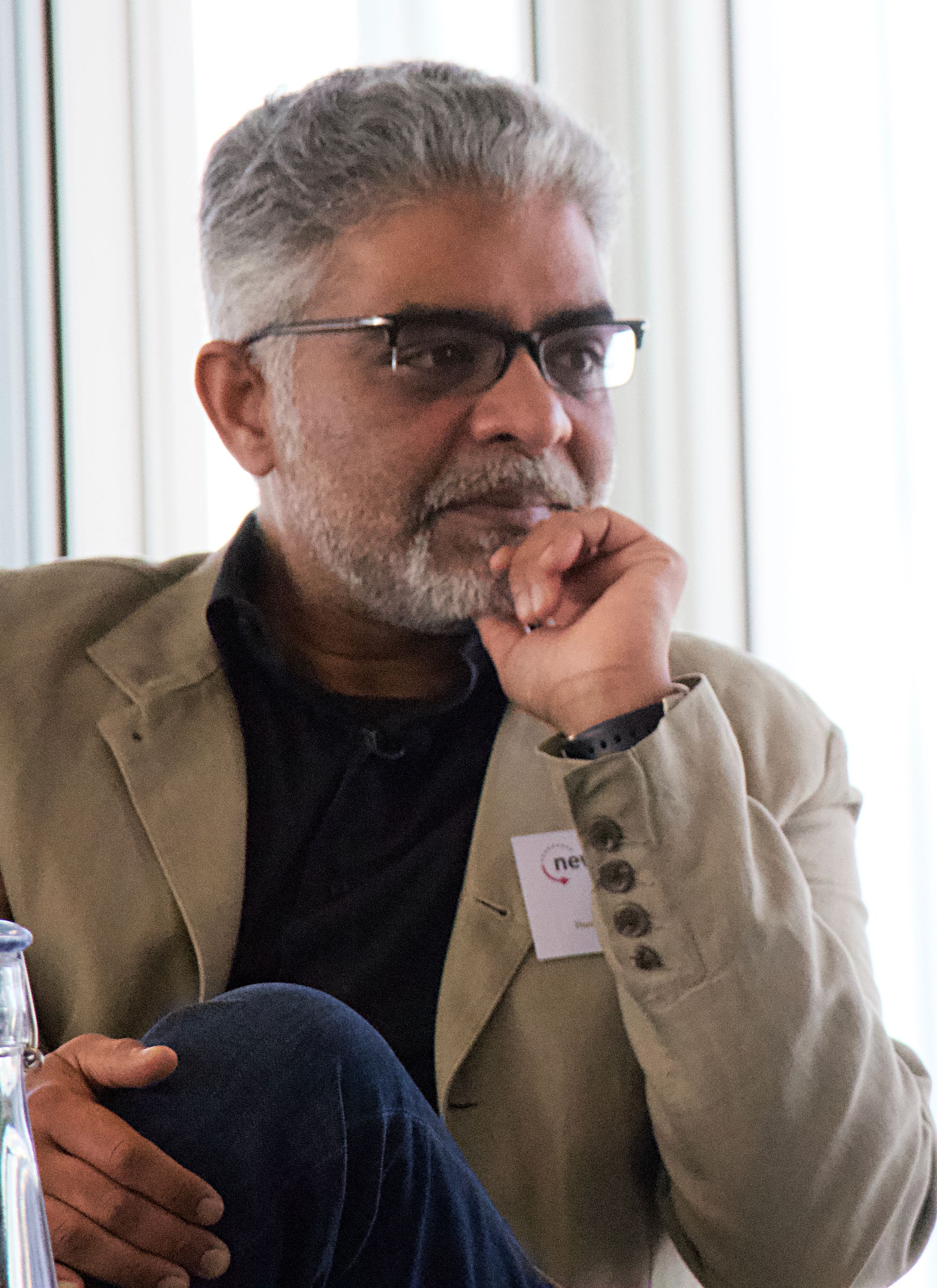
“We’re only as strong as our weakest link,” says Yasir. “We’ve learnt thought the pandemic how interdependent we are. To ask journalists to be individually responsible for their resilience is way off the mark. We’re all responsible.”
Meera strongly suggests bringing in people with relevant professional skills — and making sure to remove the stigma of taking advantage of those services.
Sign up for e-mail updates
Join the newsletter to receive the latest posts in your inbox.










